

How to Sail an RC Sailboat – Step by Step Instructions – 5 Minute Read

Affiliate Disclaimer
As an affiliate, we may earn a commission from qualifying purchases. We get commissions for purchases made through links on this website from Amazon, the Ebay Partner Network (EPN) and other third parties.
Sailing an RC sailboat is fun, but it takes some practice before you get good at it. I certainly needed it when I started! If you want to take your interest in RC model boats to another level, then you should consider learning how to sail an RC sailboat.
However, learning how to sail RC sailboats requires patience and perseverance. There are several things that you need to master before you can begin sailing. This article will teach you how to sail a radio-controlled sailboat.
Read on below to discover tips that will avoid failure in learning how to sail model sailboats, that apply to all size boats.
Step by step Instructions
How does a yacht sail, how are the sails and rudder of an rc sailboat moved, moving forward in a straight line, sailing into the wind, sailing away from the wind, final thoughts.
First, here’s a summary step by step approach to learning how to sail an RC sailboat:
- Consider joining a local club ( USA UK ) where you’ll find lots of helpful RC sailors and RC sailing events that will help you learn. You may even be tempted to get into RC sailboat racing.
- In any event, choose a day with a gentle, consistent, light wind, preferably with the wind direction towards you, just in case you lose control of your boat.
- Find a medium-sized lake or pond, and avoid rivers or the sea, where there may be strong undercurrents. A local club will have a safe sailing area. Look out for areas that may have weeds or reeds, or shallows that could strand your boat. Remember to factor in the depth of the keel, which, on most model sailing boats, is significant.
- Check you are able to sail in your chosen area – ie no prohibitions – and keep clear of swimmers, people fishing, full sized boat traffic, and wildlife.
- Avoid days when it’s busy in your sailing area with other modelers until your sailing skills are such that you can feel confident.
- Set up your RC sailboat on its stand, and check the rigging is as it should be according to the boat’s instructions. Ensure you have brought the boat battery pack charger, the batteries are charged, and you have spare AA batteries for transmitter. Turn on the transmitter, and test that the rudder control and sail servos are all working properly.
- Ensure you understand the basics of sailing, set out below, before launching your RC sailboat. Keep a keen eye on how your boat reacts to the wind, and be ready to react in turn by altering the sail angle to maintain the boat speed as far as possible.
The first thing you’ll need to know is how does a yacht sail? An rc sailboat sails just like a full size yacht. The wind energy pushes against the sails and flows over them, creating a difference in wind pressure on each side of the sail, which is translated to forward movement by the keel of the boat. Without the keel, the boat would be pushed in the direction of the wind.
To keep the yacht moving forward, the sail angle to the wind is adjusted depending on the position of the boat. Paradoxically, a sailing boat can sail into the wind, as well as with the wind. The only direction that can’t be sailed is with the wind directly in front.
The direction of the boat is adjusted by the rudder, which is at the back of the boat.
The following diagram shows the sail angles at different points of the wind:
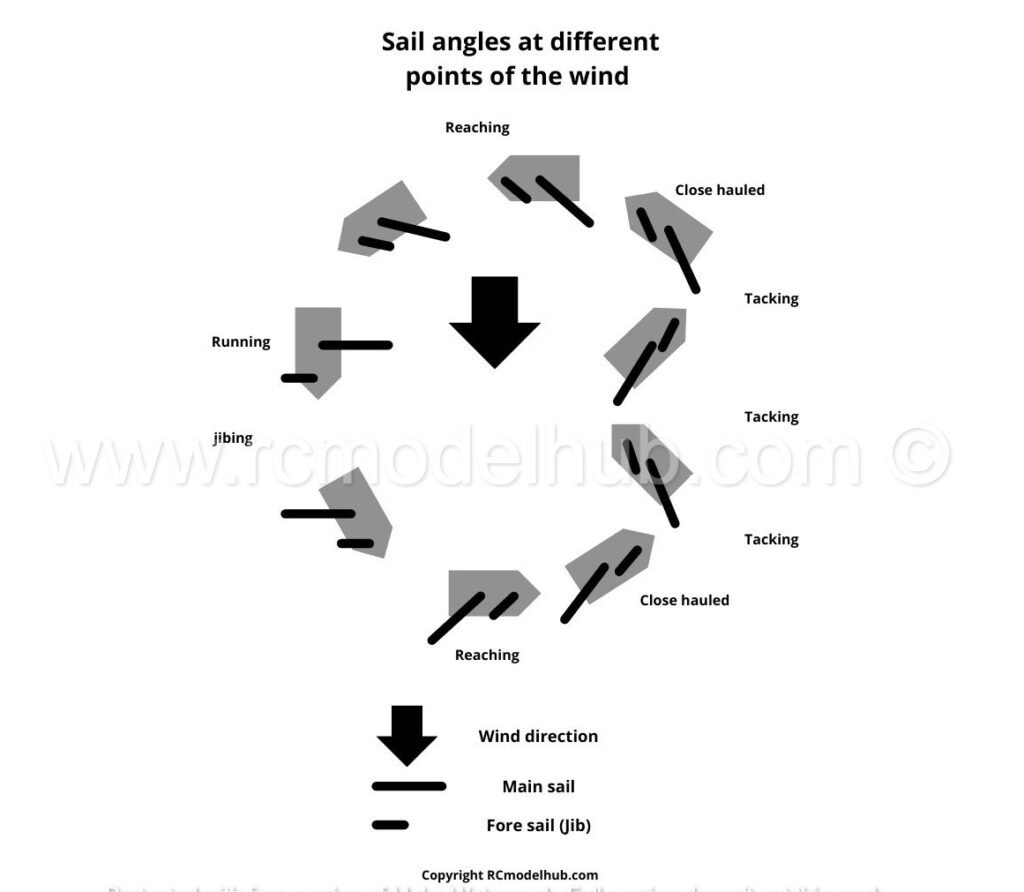
As a beginner RC sailing boat helmsman, many of these terms will be confusing to you, but they will soon become familiar.
The controls of an RC boat are explained in more detail in t his article , but basically, the hull (body) of the boat contains batteries that power servos which in turn move the rudder, the main sail, and the fore sail (the “jib”). The servos are controlled by a receiver, that takes commands from the RC transmitter which you hold in your hand. Here’s a short video that explains the transmitter controls:
How to sail an RC sailing boat
First, the basic skills. With the boat in the water, start with the wind half way between the front (bow) of the boat, and the side (beam). Keeping the rudder straight, trim (move) the sails so that they are close to the hull (close hauled) and the boat should move forward. If the wind is gusty, or very strong, move your transmitter control to let out the sails, spilling the wind, to keep the boat from keeling over.
If you’re sailing into the general wind direction, you’ll need to learn to “tack”, which involves turning the boat from a position where the wind is coming on one side of the bow, through the head-on wind, to end with the wind on its other side. This is achieved by moving the rudder to turn the yacht, whilst changing the angle of the sails to the wind – see the diagram above.
So the boat moves forward via a zig zag course.
As the boat turns into the wind, it slows, so this maneuver should be completed as quickly as possible, otherwise, the boat could get stuck with the sails flapping – this is called being “in irons”.
If the direction you wish to sail in means the wind is behind the boat, it is called running before the wind. In this case, turning the boat involves “jibing”, which is the opposite of tacking.
To change direction whilst running with the wind, move the rudder so the wind goes around the back (stern) of the boat and haul the sails in. As the boat comes round, the wind will move from one side of the sails to the other.
If this is not done smoothly, it could cause the sails to violently move in the opposite direction, possibly causing damage and maybe even capsizing the boat.
So those are the basics of learning how to sail an RC sailboat. As I’ve said above, the best way to refine your skills is to get out on the water and practice.
if you have any interest in remote control sailing but aren’t sure where to begin, use the step-by-step guide above to learn how to sail an RC sailboat. Once you’ve mastered the basics, you can move on to the exciting world of racing sailboats.
If you’re still considering your first RC beginner sailboat, take a look at our article on beginner RC sailboats , or for the more adventurous, consider building your own RC sailboat from a kit. More about that here .
Image credit Nick Kinkaid
About the author
It all started with a line controlled spitfire 50 years ago….
That turned into a life long interest in models, in particular radio controlled models, but I’ve only got back into it since I’ve been retired. As a result a lot has changed, and I’ve been happily starting afresh, researching into the hobby and finding answers to the questions all beginners have when starting out.
I hope you find some answers to the queries you have, and go on to enjoy all aspects of this fascinating hobby.
Latest posts
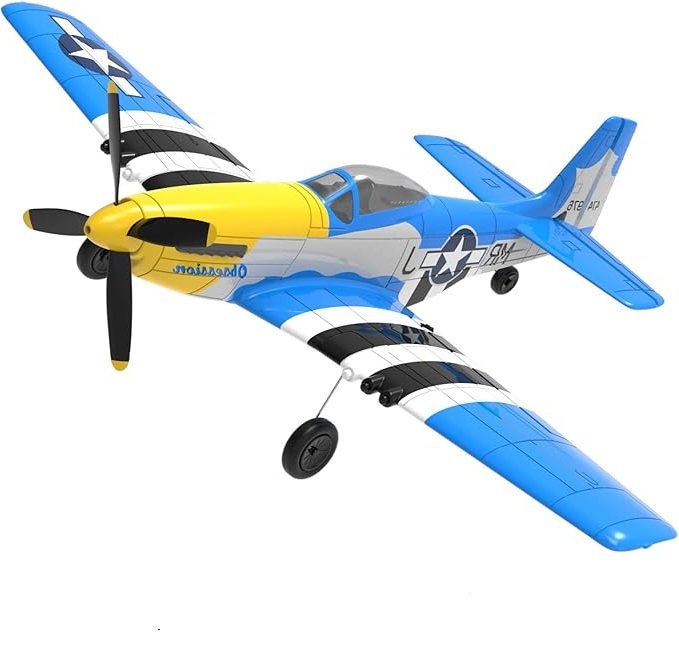
VOLANTEXRC P51 Mustang RC Plane Review: A Beginner’s Dream?
I was thrilled when I discovered the VOLANTEXRC RC Plane. This 4-channel WWII RC Airplane, specifically the P51 Mustang model, is truly a beginner’s dream come true. With its ultra-stable Xpilot gyro stabilizer system and 3-level flight control system, it’s incredibly easy to fly, whether you’re a novice or an experienced flyer. The impressive 2.4…
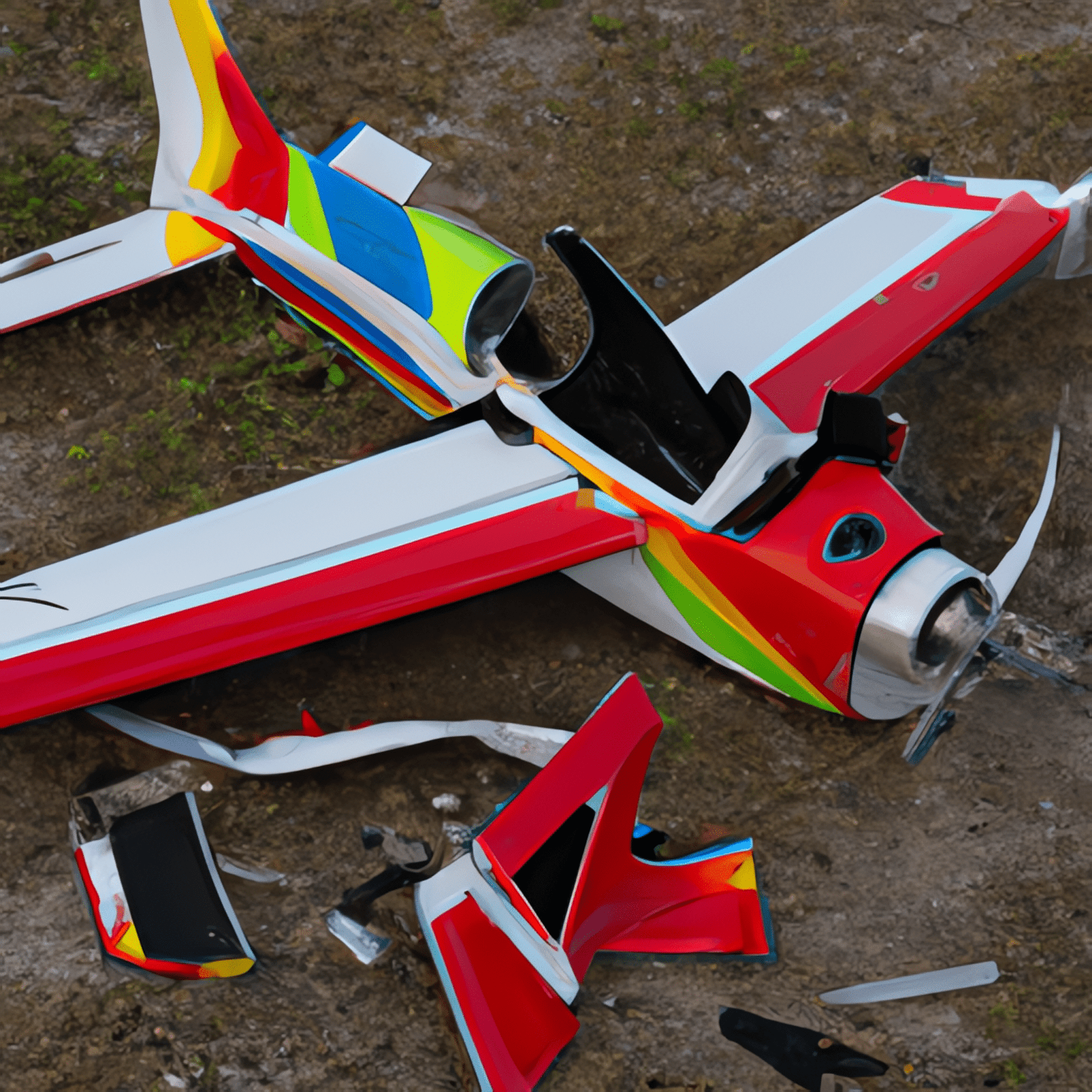
RTF RC planes with SAFE technology: No More Crashes?
RTF RC planes with SAFE technology have revolutionized the world of remote control aviation, offering a new level of ease, control, and safety for both beginners and experienced hobbyists. What a change from my early days of flying RC planes, when you fully expected to come home with your plane in bits! These innovative aircraft…
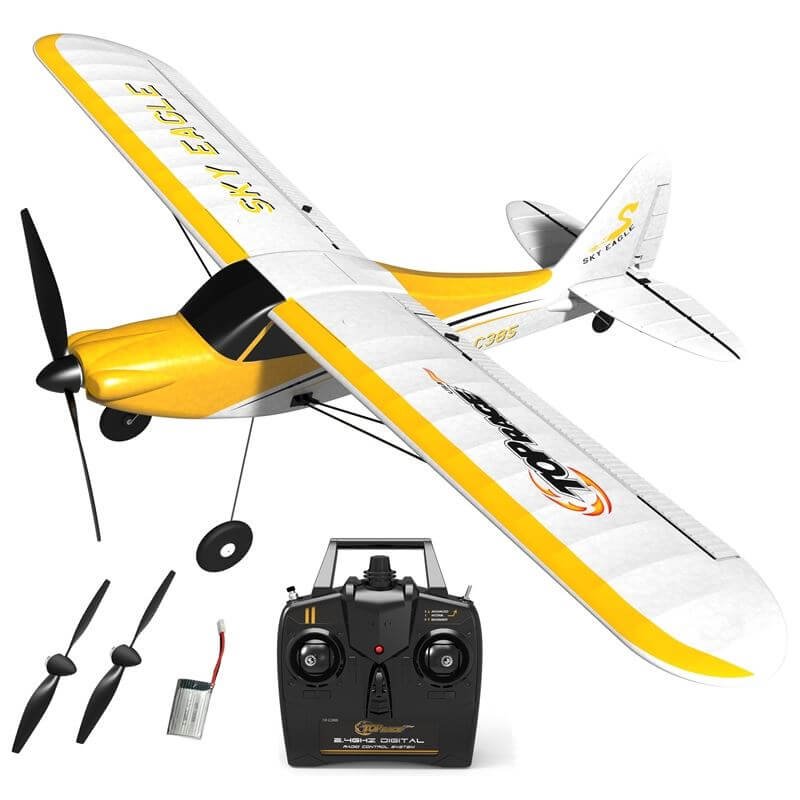
Top Race RC Plane TR-C385 Review: Stunt Flying Delight
I recently had the chance to test out the Top Race 4 Channel RC Plane TR-C385. It surpassed all my expectations. Designed for adults and older kids, this ready-to-fly airplane offers an exhilarating stunt flying experience. With precise control and maneuverability, thanks to its 4-channel system, this RC plane is a great starter or intermediate…
|
| ||||||||||
|
|
Mainsail Having spent considerable time producing sails with a perfect parabolic built-in curve, it would be a pity to spoil this aerodynamic wonder by distorting it when set on its spars and used for sailing. Attachment to mast I usually tie the sail to the mast using fine spectra cord. The attachments are spread about 150 - 200 mm apart. When attached this way, it is important that the sail is allowed to move around the mast to the leeward side. Ties then should be sufficiently loose to allow this and have the same degree of looseness. One way of achieving this is to tie the cord with a small piece of material of sufficient size in the loop. The cord is tied firmly and the material removed to leave a uniform loose tie. The material that could be used includes wooden skewer, knitting needle etc. Ensure the knot does not slip! A reef knot where the ends are fed through twice holds very well - if problems still persist use a small drop of ca glue. Please avoid such adhesives from touching the sail material. The head is best attached to the mast through a pivoting mechanism. This allows the head of the sail to fall off as it should in a breeze so the sail takes up an increasing twist all the way up the sail Luff tension should be maintained at a minimum, only enough to remove any wrinkles in the lower section and sufficient to keep the luff near the mast and not blow away between the ties. If in doubt use less tension as too much will distort the shape of the sail. Generally the greater the wind strength, the more the luff tension needed. The mast must be set in a mast tube or mounted in such a way as to allow fore and aft adjustment. Rigging should then start with the mast having a slight aft lean of about 20mm at the mast top with the jib connected. There should be a mast preventer adjustable to contact the mast near the boom attachment in a tension boom vang or near the compression strut in a compression vang system Backstay Tension Backstay tension is necessary to add tension to the forestay. Sufficient tension should be added to pull the mast into a curve which almost matches the curve cut into the luff of the mainsail. The mast preventer should then be adjusted to just contact the mast with a minimum of force. The boom vang should then be tensioned to pull up the leech against gravity (i.e. boat on it's side) and still leave about 20-30mm below the plane of the mast and backstay when the boom is held in the centreline. If no mast preventer is present then any increase in wind will cause the leech tension to increase pulling the mast head aft and pushing the lower mast forward. This will twist the mainsail too much. The mast preventer stops the forward movement of the lower mast and helps hold the mast top back so delaying the bend and the twist. The forestay tension is initially determined then by the luff curve built into the mainsail and affected by mast strength and the use of the mast preventer Jib Setup The wire luff forestay built into the jib is used to take almost all of the tension of the rig. Tension in the luff of the jib should be at an absolute minimum because again tension will stretch the material and distort the shape of the sail. For this reason, I never use a separate bowsie tension adjustment at the head of the jib as there is that tendency to put too much tension in it. Instead. II tie the head to the end of the forestay wire and have a separate adjustment for the sail luff running through the front of the boom and back along the boom. This way, once adjusted, it seldom needs much change. As well, setting up the jib becomes easier as the top adjustment always seems to need adjustment as every time the forestay adjustment is moved, the jib luff also needs adjustment. How many times have you seen people adjust the forestay by making it longer to rake the mast aft a little and the whole rig tension being taken by the sail luff resulting in a distorted and stretched sail. I shudder every time and cannot keep from saying something. The other way that I see jibs being destroyed is in the use (or non use) of the jib topping lift. There will be considerable tension in this line approximating about 1/4 the tension in the forestay. This comes about because the pivot point on the jib boom is about 1/4 or 25% of the way back from the forestay attachment / tack of the jib. Reducing the distance back from the tack to say 20% reduces the force at the topping lift and vice versa. The topping lift must be tensioned to take all the load off the leech of the sail and allow it to fall away from the line by a small amount say 20mm or so. Failure to do this means all the tension can be taken by the leech of the sail and there is no better way to stretch the sail material and seams so ruining a jib! Adjustment of the pivot position will change the tension needed in the topping lift. More tension means the leech will not twist off till a higher wind strength. Tender yachts with relatively large sails can benefit by having a smaller tension in the topping lift (e.g. IOM) so allowing the jib boom to lift and the jib twist off more readily than in a yacht with more self righting such as a Marblehead or Ten Rater. Do not be tempted to bring the pivot point back much beyond the 25% mark as the sail as an airfoil can become unstable and flutter from side to side. In addition, more of the sail is moved to windward in front of the pivot point and the slot between the jib and mainsail is closed a little - all negative influences on performance. Sheeting Angles The angle between the boom and the centre line of the yacht when the sails are close hauled and the yacht is sailing at its most efficient speed to windward is called the sheeting angle. In general, the main boom is set to a relatively small angle about 5°. This means a 300 mm boom will be set about 25mm from the centreline. The jib boom must be set to a greater angle of about 10° which means a 300 mm boom will be set about 50 mm from the centreline. These values will depend on many factors including the fullness of the sail, the twist in the sail and the wind velocity but the values given should serve as a starting point Location of sheet attachment points on the booms is equally important. When the sail control on your transmitter is moved from its close hauled position to its fully out position the main sheet will move sufficient distance to allow the main boom to move to a position at right angles to the centreline of the yacht moving through an arc of 85°. As the jib sheet will move the exact same distance as the main sheet then if the jib boom is to move to a position at right angles it will move through an arc of only 80°. This can only occur if the attachment point for the jib sheet on the jib boom is slightly further from the pivot point then the attachment point for the main sheet from its pivot point. Typical values for the main is 220mm behind the gooseneck pivot and for the jib is 240 mm behind its pivot point. To maintain this differential movement for the two booms, the pull from the sheet fairlead should be as horizontal as possible. This means the mainsheet post should be as close as possible to the main boom and similarly for the jib fairlead. This is really critical for the main as the amount of twist in the sail is controlled by tension in the boom vang so as the boom moves out, the twist stays much the same. Any vertical component to the mainsheet at close hauled will effectively increase the downward pull on the boom and hence to maintain twist less vang pressure is needed. As the boom moves out as in a reach, this vertical component in the main sheet rapidly reduces so the twist will increase significantly as the vang pressure is now too small and drive will decrease which is exactly what you don't want in a reach! Trying to maximise the twist for a reach when the sail is half out will mean there will be too much down force on the boom at close hauled position, reducing the twist and causing the top half of the sail to stall as the leech is pulled too tight. This situation is not quite so critical for the jib as the jib uphaul maintains the twist in the sail despite increases down tension on the jib sheet and the larger sheeting angle means the vertical component is less. Nevertheless it is still wise to keep the jib boom as close as possible to the jib sheet fairlead and maintain as horizontal a pull as possible.
- Vanquish 65
- Mini Maniac
- RG65 Appendages
- Maniac MK II
- IOM Appendages
- Marblehead Class
- Marblehead Appendages
- RT65 Ragnarok
- RT65R Armageddon
- RC65 Adrenaline
- ST65 Sowelu
- Mini40 / F48 Class
- Nightmare X
- Nightmare MK VIII
- MultiOne Class
- FireDragon 1000
- DIY Sail Winch
- Rig Building
Rig building
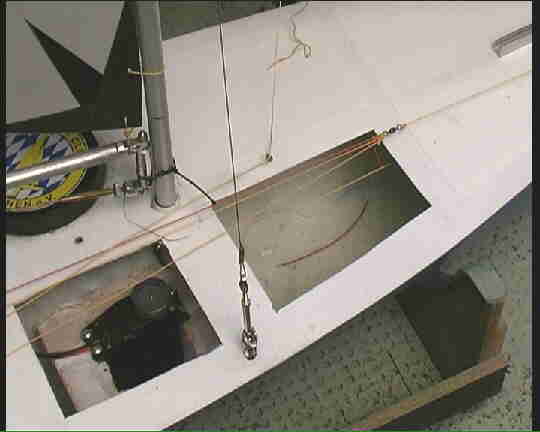

How Do You Sail An RC Sailboat? (11 Essential Steps!)
To make the most of your time on the water, it’s crucial to understand the art of navigation. We’ll focus on the essential aspects of navigating an RC sailboat, from selecting the right location to mastering advanced maneuvers.
Push the rudder joystick left and right to steer the RC sailboat. Open and close the sails to tighten and loosen the sails, this will increase or decrease your speed. If there are strong winds, tighten the sails so that they don’t flop around. Partially close the sails in low wind conditions.
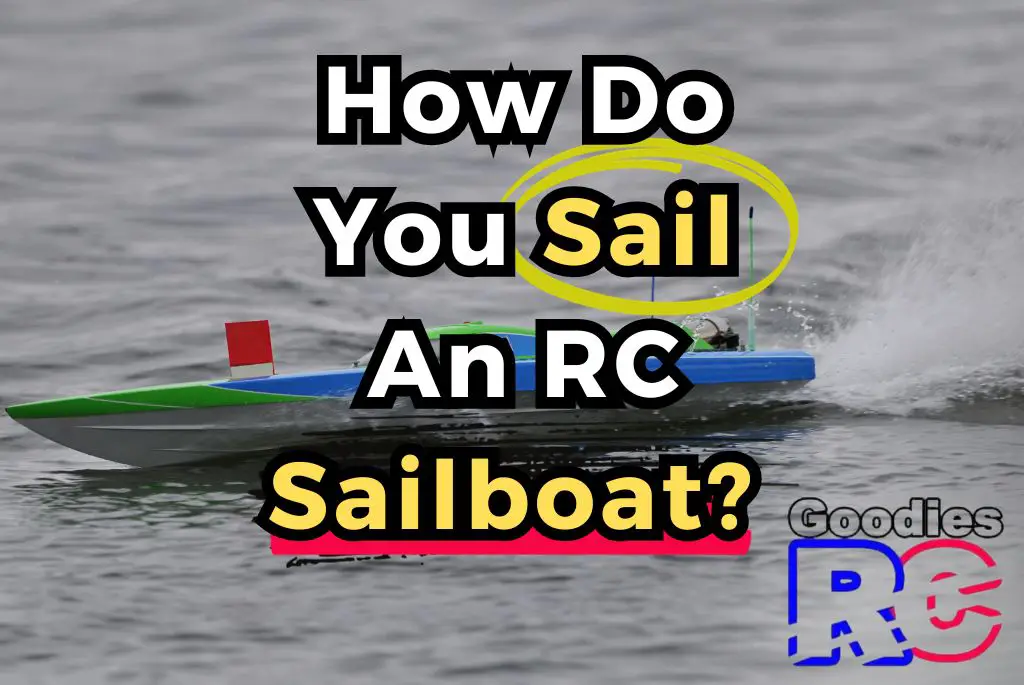
It’s all about working with the wind and keeping an eye on the sails to make sure that they are catching the wind from the correct direction. Steering the boat required you to position the rudder and sails correctly.
So let’s go into every aspect of sailing an RC sailboat along with a whole lot of advice.
Steps For Sailing An RC Sailboat
- Check the rigging for any damage or tangled lines. Confirm everything is in good condition and properly rigged, like sails, lines, and other rigging hardware.
- Check that your boat’s weight distribution is correct for optimal performance. The boat should be level in the water with the hull must be parallel with the surface. An off-balance boat can cause slower speeds and unwanted turning. (Learn more about how fast RC boats go ).
- Adjust the sails according to the wind conditions. Beginners should start with smaller sails in light winds while more experienced people make use of larger sails as their skills improve.
- Make sure the keel and rudder are attached and properly aligned. The keel provides stability and the rudder controls the boat’s direction.
- Switch your transmitter on and check that it’s set to the correct frequency or channel for your boat. If you’re keen on upgrading your sailboat’s engine for a smoother ride, you might be interested in exploring some of the best RC gas boat engines out there.
- Power up your RC sailboat by connecting the battery pack. (Some boats have power switches, while others may turn on automatically when connected).
- Before launching the boat, hold it in the air and test the controls of your transmitter to ensure everything is working correctly. Normally, you’ll have controls for the rudder on the right stick and sails on the left. Some high-end models even have a throttle connected to a tiny motor for launching and docking the boat.
- Gently place your boat in the water and make sure the sails are positioned so that the wind can fill them up. Release the boat and let the sails catch the wind.
- Use the rudder control on your transmitter to steer the boat by pushing the rudder stick left and right to steer the boat in either direction. It can take a few seconds for the sailboat to react to your controls so adjust the controller sticks gently.
- Push the sail stick up to adjust the sails and catch the wind. Experiment to find the best sail angle for your boat’s performance.
- If you have a throttle, use it to get the boat out deeper into the water for the wind to open the sails. Take it slow when you open the sails if you’re still learning. Once you’ve gotten familiar with the controls, you can increase that throttle on launch and during docking.
By the way, have you ever wondered how to size an RC boat motor ? Choosing the right motor size can significantly improve your boat’s performance, especially if you’re looking to get into more competitive sailing.
Sailing an RC boat takes practice. Pay attention to how your boat responds to wind and control inputs. Experiment with different sail and rudder positions to get the most out of your boat.
When you’re finished sailing, bring your boat back to shore while avoiding running into the ground or colliding with obstacles. Disconnect the boat’s battery pack and turn the transmitter off.
Just starting out with RC sailboats? Don’t get overwhelmed! We’ve rounded up the best beginner-friendly RC sailboat models that are easy to operate.
Select The Right Location
Sail on water like lakes or calm ponds to ensure to avoid interruptions while you’re sailing. Avoid busy, crowded locations with heavy boat traffic to avoid bumpy and difficult-to-navigate waters.
Tranquil waters provide a peaceful backdrop for you to focus on refining your sailing skills and enjoying the beauty of RC sailing.
Crowded areas increase the risk of collisions, making it challenging to maneuver your RC sailboat effectively. To maximize your enjoyment and safety, prioritize the selection of the right location. This is the best way to do things while you’re learning. Then later on once you’ve gained enough skill to sail around other boats and obstacles, you can do so with confidence.
Assessing Wind Conditions
The wind is what’s going to move you around on the water so an understanding the its direction and strength will help you plan your sailing route effectively and avoid problems.
Adjusting the angle of your sails and reading wind shifts will help you navigate smoothly.
Note the strength of the wind, whether it’s gentle and steady or strong and gusty so that you make appropriate sail adjustments. This will enable you to sail safely, avoiding collisions with obstacles or other boats.
You can tell that the sails aren’t catching the wind by checking if they’re flopping around like flags. If the wind is blowing strong and the sails aren’t catching it, you need to turn the sails slightly to fill them up with air.
You need to start learning about how the wind interacts with your boat to assist you in charting an efficient sailing route.
Preparing Your RC Sailboat
Carefully assemble your RC sailboat according to the manufacturer’s instructions. Ensure all components are securely in place, and check for any loose or damaged parts before launching.
Proper preparation is the foundation of a successful RC sailboat journey. It ensures that your sailboat is in optimal condition and minimizes the risk of in-water mishaps.
Of course, things don’t always go as planned. If you’re facing issues with your boat not responding, it might be good to know why your RC boat is not working . A quick troubleshoot could save your sailing day.
Sail Adjustments
Correctly adjusting the mainsail is essential for maximizing your sailboat’s performance. It directly impacts how your sailboat responds to the wind and steers through the water.
I’ll go over advanced techniques in a moment, but for now, you should focus on making small adjustments to the sails so that you can get a feel of how they interact with the wind.
Sail adjustments are like the controls of your RC sailboat, allowing you to fine-tune its behavior to your commands.
By the way, if you’re new to this whole RC sailing thing, it’s crucial to know what you need for an RC boat . This guide will ensure you’re not missing out on any key items before you hit the waters.
Safety Precautions
Even though there isn’t much that can go terribly bad with sail boating, you need to be cautious of anything else in the water for an enjoyable RC sailboat adventure.
Besides that, check to verify that your RC sailboat is in perfect working condition. This includes examining all components, ensuring secure connections, and confirming proper functionality.
Make sure that all the openings on your boat are closed up before setting off on the water. If you have an open window at the top, tape it up! Also, make sure any drain plugs are securely pressed into the boat to stop any water from getting in.
Lubricate the bearings, like those at the top of the “gooseneck” and underneath, located at the bottom of the sails.
On large bodies of water, make sure you have certain backup plans in mind, like retrieving your boat if it gets stuck or floats out of range.
Props matter too, you know! When considering performance, you might also want to check out the difference between a 2-blade and a 3-blade prop for RC boats . The type of propeller you choose can influence how efficiently your sailboat glides through the water.
Adjusting the Jib
Make sure to adjust the jib, the smaller sail at the front of your sailboat, to work together with the bigger sail and enhance its performance. It will help you find a balance between stability and fast sailing and help your boat float smoothly through the water.
Basic Maneuvers
Although the movements aren’t as sudden as cars and planes, steering is still paramount to navigating your RC sailboat effectively. Turning the rudder in the water allows you to turn the boat as it cuts through the water. It controls your sailboat’s direction and maintains precision on the water, whether it’s upwind or down.
Learning how to control the rudder skillfully will help you move in any direction, as long as you have the same amount of skill with the sails. Be patient and allow some time to pass when you controlling the boat. The sails will react quickly with any wind but the rudder takes a few seconds to impact the direction of the boat.
Whether you’re adjusting your course or responding to wind shifts. There’s not much advice I can give you other than to practice in calm environments until you feel comfortable with it.
Sailing Upwind
Sailing against the wind requires certain sail adjustments and precise steering. It can be challenging because of the wind resistance, but you can overcome this by using certain maneuvers. To sail upwind, use techniques like tacking.
Tacking and Jibing
Tacking and jibing are fundamental maneuvers for efficiently changing your sailboat’s direction. These skills are essential for navigating complex routes and racing competitively.
Use tacking to move into the wind. Tacking is when you turn the front of the boat towards the wind while slightly steering from left to right through the water. In this way, the wind should hit the sails on one side and then the other as you’re steering into the wind.
Jibing works in the opposite direction of tacking and is a technique for moving very quickly with the wind.
Tacking and jibing will help you to navigate intricate paths, especially when competing in races with demanding courses.
In conclusion
The controls of an RC sailboat transmitter aren’t too complicated. As for the sailing, remember to use the wind and the water in harmony. Keep all the components of the boat in mind when navigating through the water.
Start out slow with smaller sails and work your way up. Practice is key for getting to know the behaviors of your sailboat.
This awesome hobby has something for everyone, whether you like to build your RC from scratch and keep modifying till you've got it to just how you want it, to track racing. You might be out with a boat, or perfecting your skills with a plane. Are you taking some cool pics with your drone? I'm sure my site will help you on your journey.
Recent Posts
Is Your RC Car Faster In Reverse? This Might Be Why (Solved)
It's a nice weekend, and you’re outdoors pursuing your RC racing hobby. You miss a turn and go off the track. You reverse back to the track and notice that your car is faster in reverse. You may...
Most Common Reasons Why RC Car Blinks Red (And Fixes)
Red light blinking on the RC car, and the steering–working, but the throttle not working, sounds familiar? Then you’ve landed at the right place. In this guide, we’ll explain in detail why an...
- Classifieds
- Remember Me Forgot Password?
- Boats Sailboats Discussion How to make your own sail ???
| You could also do a google search on "broadseaming" or "sailmakers block". They'll probably return some links to here | |
| compilation of sites: photos of a sail design board: | |
| . | |
| ), downloadable and written with the sailmaking noob in mind. These notes helped me a lot, making my first (and second and...) set of sails ! Regards, Jan. | |
| Part of this, now, 37 page thread describes a neat device, "Claudio's gadget". There are several devices available to help you place the camber into your sail without inducing bad wrinkles into the seam (eg. sail board, sail blocks, the gadget). The gadget looks to me to be the simplest to construct. There are many pages discussing the gadget, but I think these are the relevant pages for a quick overview: Photo series of gadget in use, page 33. Written instructions, page 37. Right and wrong way to use gadget, page 12. Much of the discussion seems to be about calibrating the gadget to get exactly the draft you want. As a beginner, I am not as concerned about achieving that level of precision as a full out racing sailor. It looks to me as if you could get a decent sail w/o worrying about these concerns, important though they might be to an expert. I plan to make the gadget and try it out with florist's wrap and with tyvek. ----------- Update: Claudio's gadget works like a charm! Very easy to make and to use. All I did was rip a 1/4" strip off a piece of lath (previously planed smooth by John). I screwed the ripped piece back onto the remaining lathe with one small screw in the middle. For wedges I used pieces of pine wedges sold in a packet for leveling tables, window sashes, etc. Add 2 clamps and the gadget is finished :-). Two tests with Tyvek showed that the gadget works great with one modification. Tyvek is "fused felt", with no weave. My Tyvek will not let me remove tape; the tape pulls the felt apart (there is no mechanical structure, ie warp and woof, holding the fibers together). Since the sail is taped to the gadget, then peeled off when done, this would be a problem. The problem would not arise with smooth mylar or with cloth, each of which will allow removal of tape w/o damage. The simple solution I used was to pre-tape the first Tyvek sail panel with generic brand "magic" tape along the edge that would be stuck down to the gadget. By leaving a tail of magic tape extending past the Tyvek, I had a nice handle to peel the sail from the gadget. Magic tape is thinner than regular cellophane tape. This extra tape might make the seam stiffer than normal, I'll have to actually sail with the Tyvek sail and see if it poses a problem. Tyvek itself is stiffer than the tape, so perhaps nothing will happen. The Sailsetc document (Sailmaking Notes, Tech TI 20) says to use "3-6mm arc per 1 meter of seam". This seemed pretty small on my tests. I tried using about 12mm and the seam looked flawless. The big advantage of the gadget, for me, is that it is easy to get a perfect seam on the first laydown of the 2nd panel onto the 1st panel. Since I can't pull up and reposition w/o damage, the gadget is the way to go for Tyvek, I'd say. | |
| . | |
| . | |

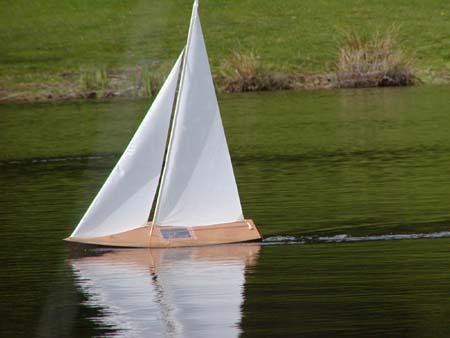
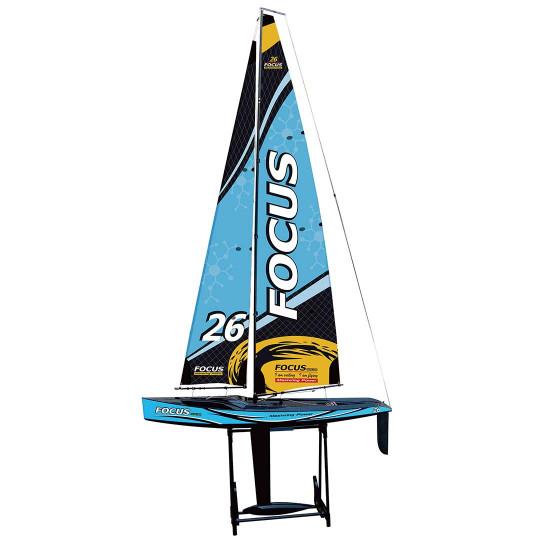
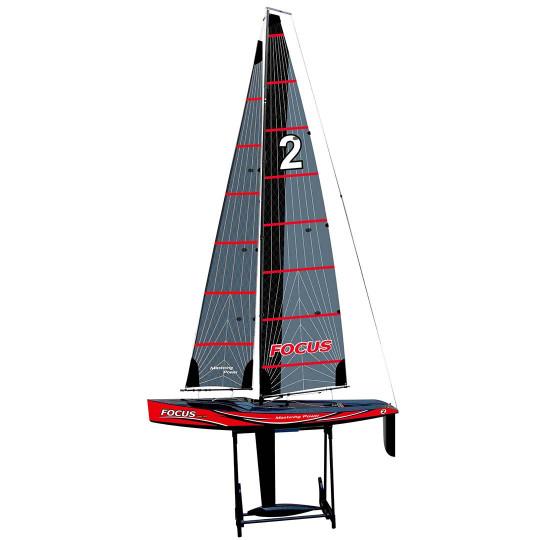


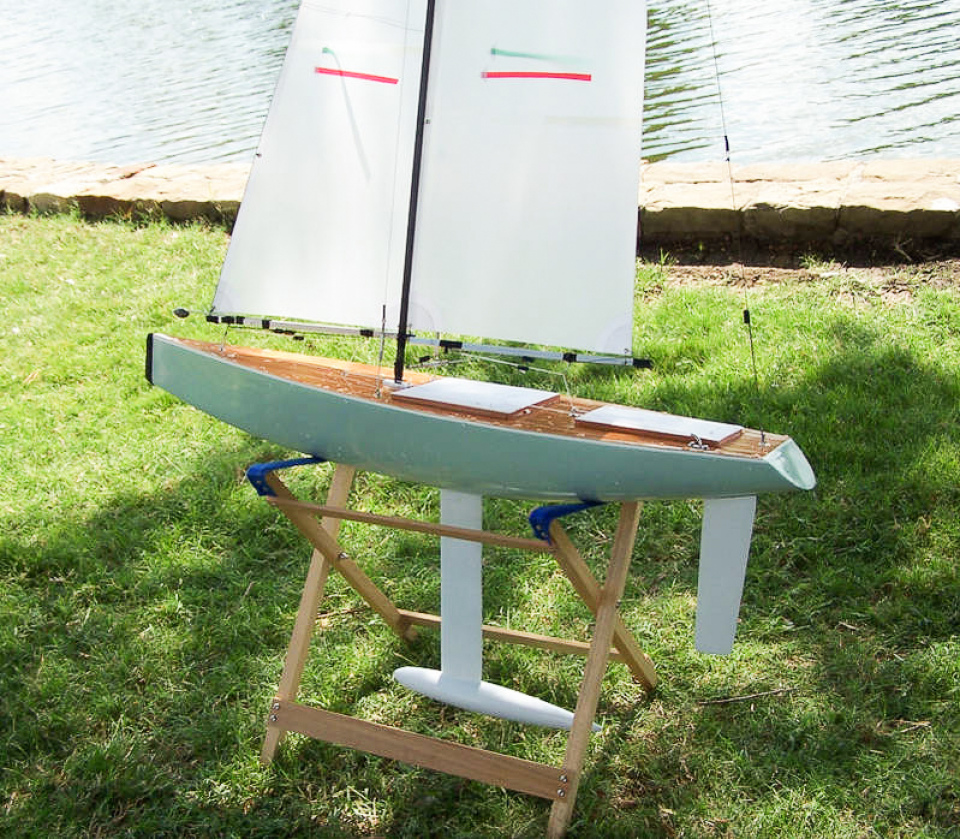
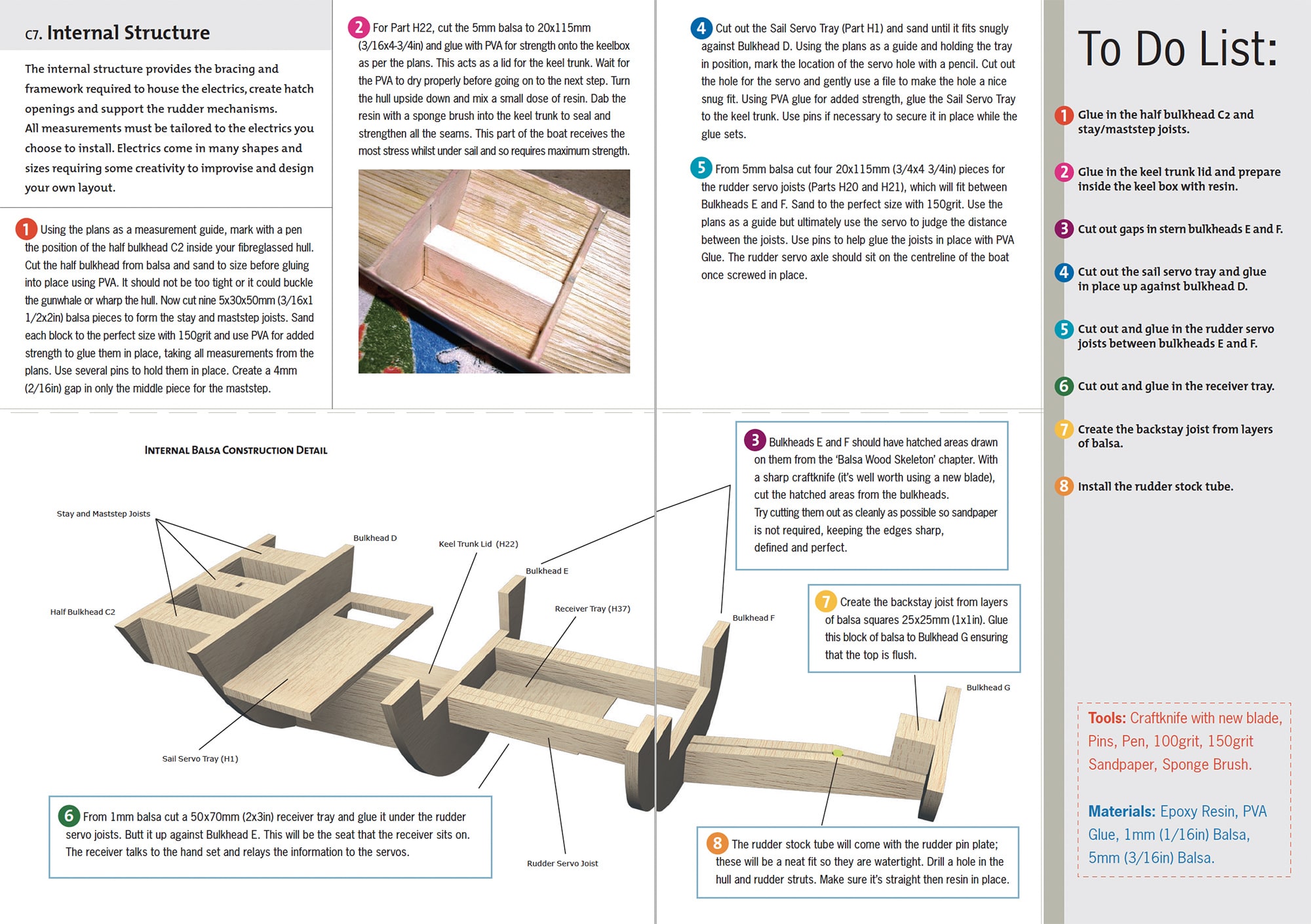
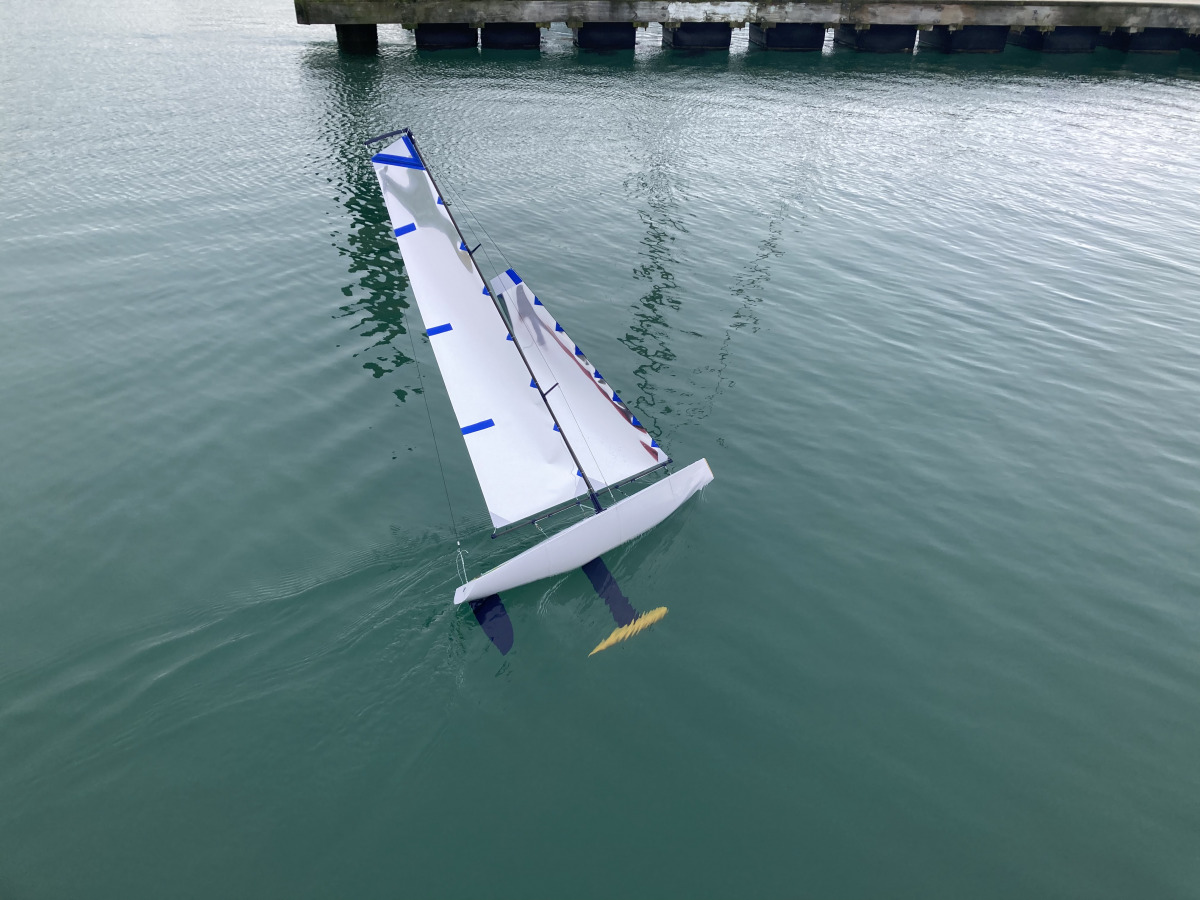
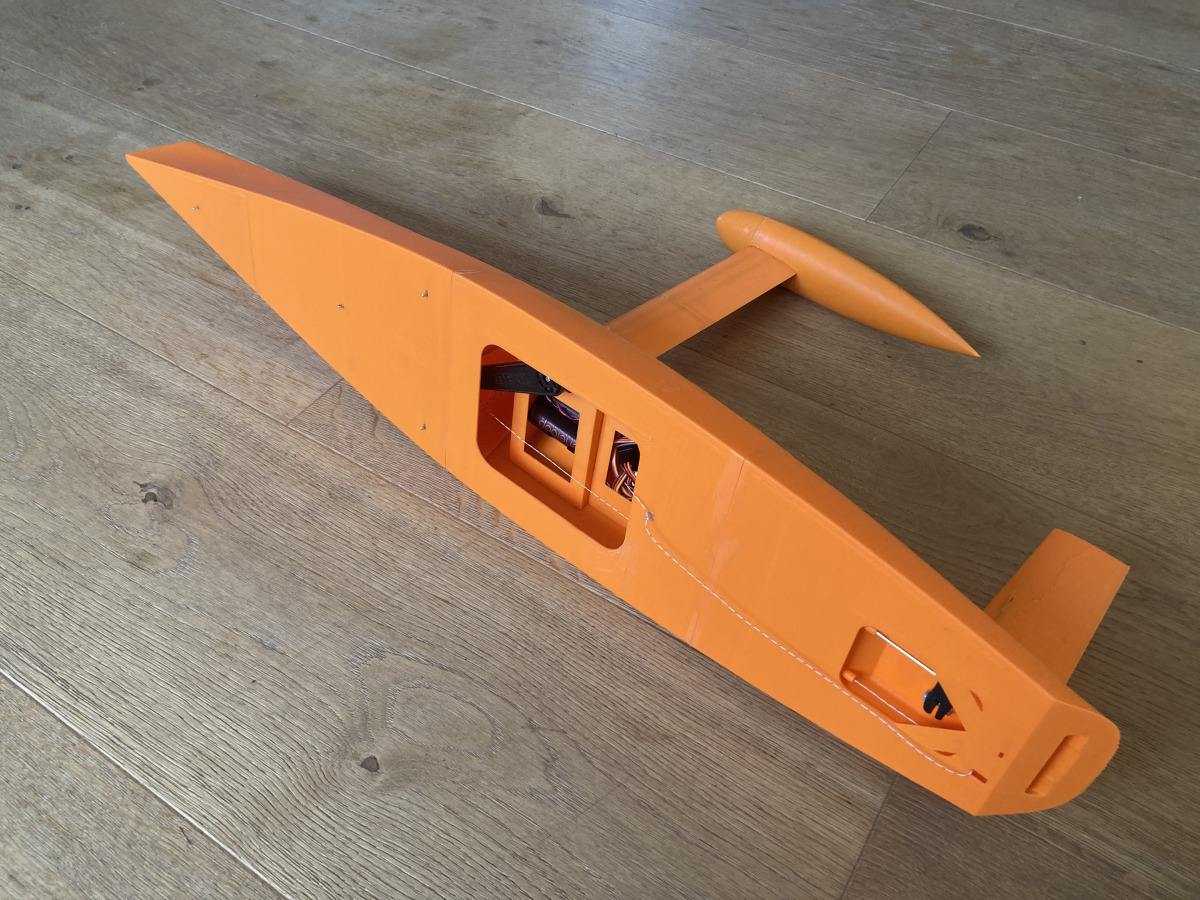
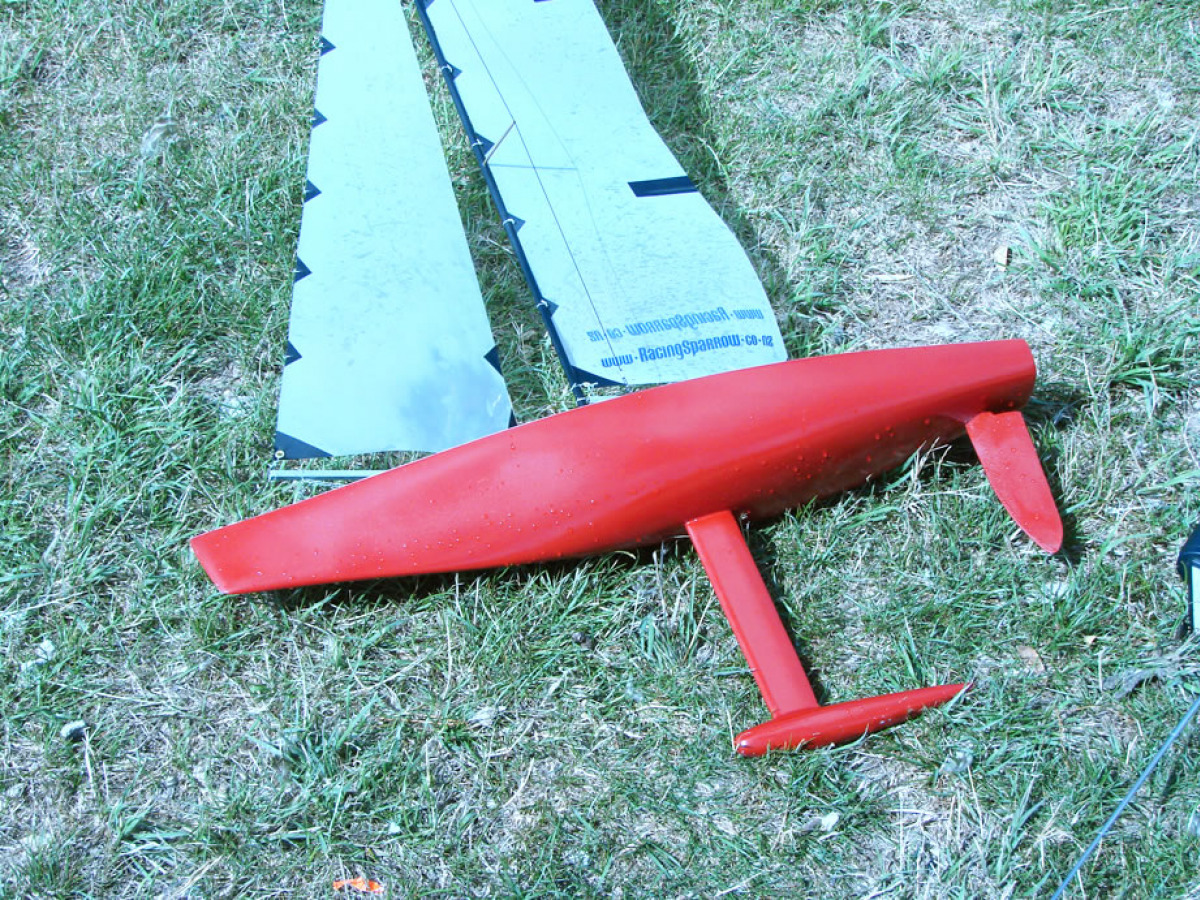
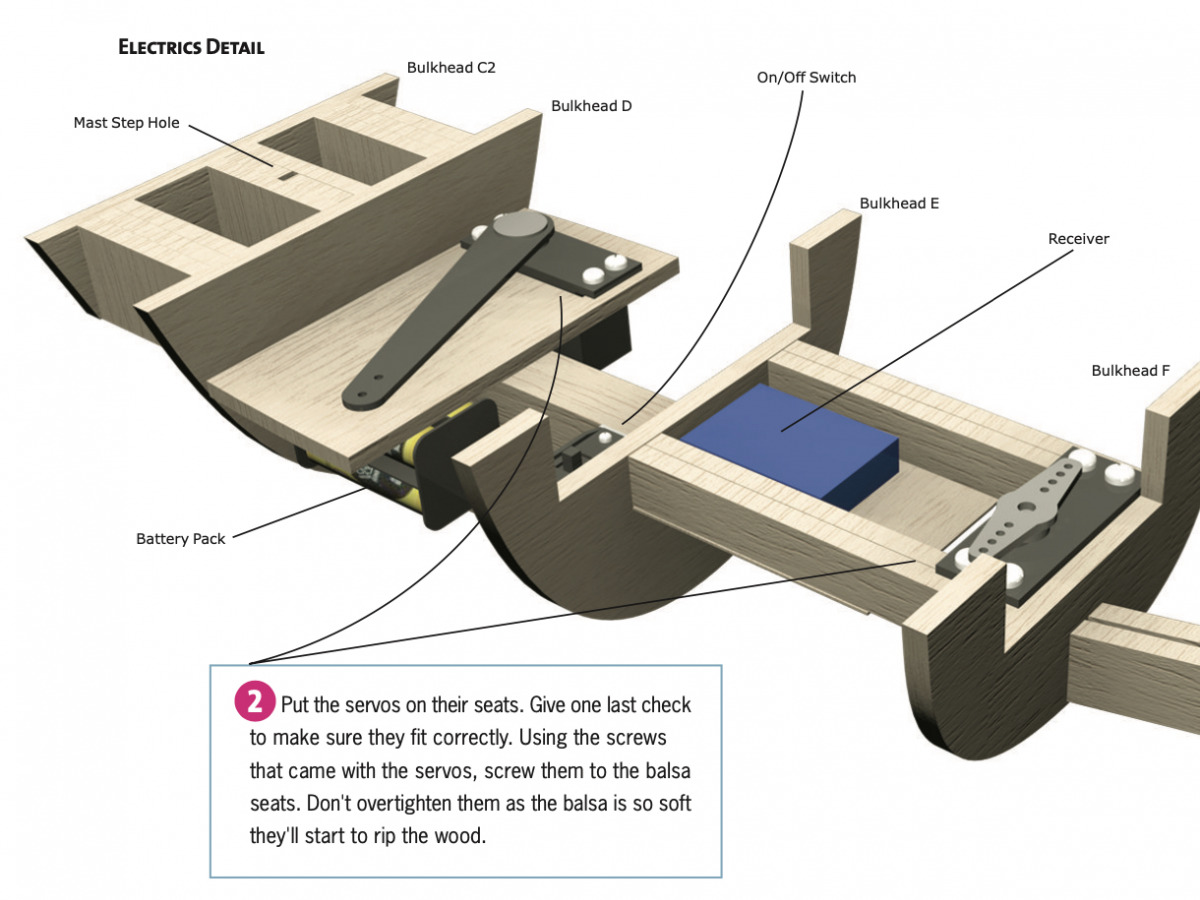
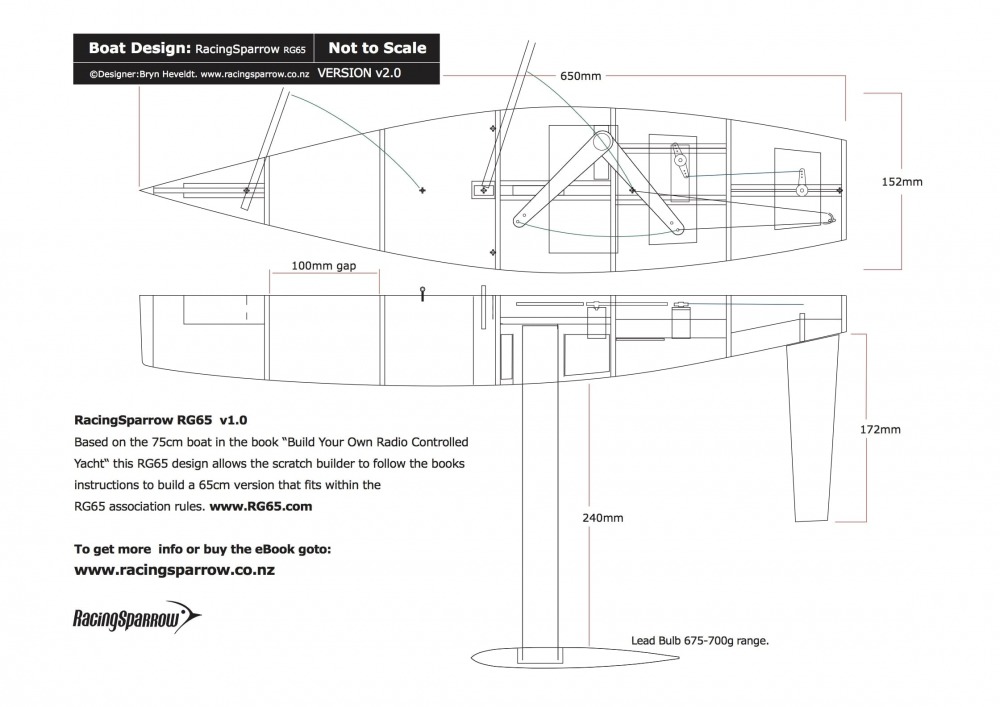




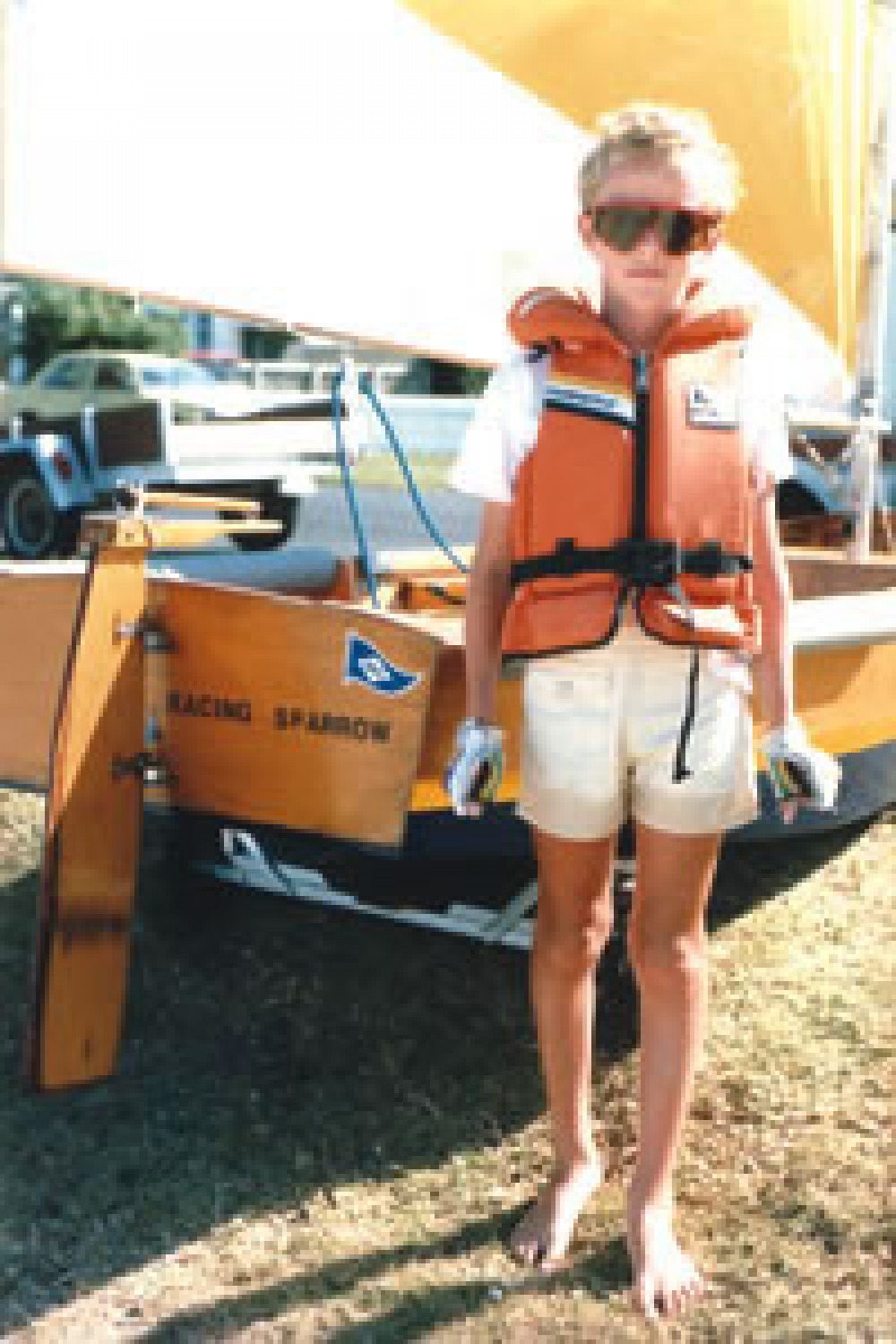





IMAGES
VIDEO
COMMENTS
An excellent article by Paul Bogataj on "How do sails work" - essential reading! 1. To achieve a truly efficient sail it must be constructed with separate panels with built in shape or curvature. 2. Some means has to be used to hold the edges of the panels to the correct shape while joining them.
Learn how to build sails for IOM class RC yachts using Mylar or Polyester Drawing Film, two part jig, tissue tape and spinnaker repair tape. See detailed steps and pictures for cutting, gluing, reinforcing and fitting the sails.
Three-part video on how to make paneled sails for radio-controlled sailboats.
Moving forward in a straight line. First, the basic skills. With the boat in the water, start with the wind half way between the front (bow) of the boat, and the side (beam). Keeping the rudder straight, trim (move) the sails so that they are close to the hull (close hauled) and the boat should move forward.
this is a video that shows you some of the basics to build a sail for a modellboat.if you are interested in more information or tips and tricks let me know!b...
The book 'Making Model Yacht Sails' by Larry Robinson is recommended reading for anyone wanting to learn how to make competitive rc yacht sails - it describes the mould method of shaping sails used by the top sailmakers and is a contemporary masterclass in its own right. It is stocked by SAILSetc,
Setting Sails on RC Model Yachts by Ben Morris (last edited 08/06/2021) Shape in Sails: Building Board: Making Seams: Set the Seam Curvature: Making a Sail: ... The angle between the boom and the centre line of the yacht when the sails are close hauled and the yacht is sailing at its most efficient speed to windward is called the sheeting angle
Rig Building Tips: IOM class rules don't allow rotating masts and the masts mostly used are without an internal track. The best mast is 12mm or ½" aluminum tube available at local hardware and metal stores. If you want to invest more you can order from RC yachting accessory dealers as well and save maybe 50g with the rig.
This is a basic demonstration on how to make rc sailboat sails without going to a lot of effort.
Tips to help you make your own soft cotton sails that really work. If you are not inclined to DIY, contact Rod Carr at: http://www.carrsails.com He is a Re...
Larry Robinson - Making Model Yacht Sails - how to build in their shape, a master class in sail making for modern rc model yachts. Around 700 copies sold by mid 2015 and still going strong. If you want to know how to make well shaped rc model yacht sails, and make them efficiently and consistently, this contains all you need to know. ...
Sailboats use the power of the wind acting on sails to propel the boat. Model sailboats are typically controlled via a multi-channel radio transmitter in the hands of the operator with a corresponding receiver in the boat. Signals from the radio transmitter are interpreted by the radio receiver and translated into instructions to change the position of the servos.
Camber Distribution. Controlling Camber when making model yacht sails. Shaping sail blocks precisely. Sail making choices. Boradseaming revisited. Cutting the luff. Taking and analyzing sail photographs. Comparing camber distribution. Phone Bob Wells evenings or weekends at 206-232-9036, Mercer Island, WA, USA.
BK-38. £17.00. Qty: Add to Cart. More Views. Product Description. Larry Robinson - Making Model Yacht Sails - how to build in their shape, a master class in sail making for modern rc model yachts. Around 700 copies sold by mid 2015 and still going strong. If you want to know how to make well shaped rc model yacht sails, and make them ...
Push the rudder joystick left and right to steer the RC sailboat. Open and close the sails to tighten and loosen the sails, this will increase or decrease your speed. If there are strong winds, tighten the sails so that they don't flop around. Partially close the sails in low wind conditions. It's all about working with the wind and keeping ...
The recut seam looked better, wrinkle-wise. I have 2 seams in the sail, at about 1/3 luff and 2/3 luff, trying to get draft into the sail (and some practice with the gadget). I did not recut the upper seam - the wrinkles don't seem to hurt the performance. The Tyvek sail, with 1 gadget seam, looks very nice, and sailed well too.
radiosailingshop : sails & sailmaking - sailsetc drawings rig kits & rig plans boom kits masts alum & carbon fibre boom sections vangs - goosenecks mast, boom & rigging parts hull & deck fittings rudders fins and bulbs sails & sailmaking winches & drums radios servos batteries etc accessories, covers & misc. fasteners screws, bolts, nuts spare parts print your own catalogue free boat & rigging ...
Overcoming Challenges in RC Sailboat Kits. Building and sailing radio-controlled sailboats can present some challenges, especially for beginners.One of the biggest challenges is understanding the complex instructions. Moreover, setting up the radio transmitter can also be daunting as it requires technical skills. Additionally, navigating the boat can be difficult as the wind and water ...
Our eBook by New Zealander Bryn Heveldt covers strip planking, fibreglass strengthening, mould and casting techniques, electrics installation, spray painting and masking, sail making and tuning. To get started on your Racing Sparrow model RC yacht project, purchase our eBook and download the PDF now. Purchase PDF eBook $14.99. *USD.
Trading since 1978 SAILSetc is one of the largest suppliers of equipment for radio control sailing. Our range of products is focussed on the four international classes (One Metre, Marblehead, Ten Rater, A Class) as well as the growing number of smaller classes. However, the equipment we supply is also suitable for, or adaptable to, many of the ...
Hobby Model Yacht Sails And Supplies. Sail Making RC Mylar Sails. Sail Makers Block Wing. Mylar Film Insignia Tape Kikusui Tapes Eyelets. Supplier of Hunter Mylar Polyester Sail Film. Inspect our site for your sail making needs. Hunter Mylar. 36 - 50 - 75 Micron in 400mm and 600mm wide ...
If your boat capsizes, the first step is to rescue it with a full size boat. Once rescued, you will want to get all the water out of the hull out as quickly as possible. Check for water in the radio area of the boat. If any water has contacted the receiver or servos, use a heat gun with careful to dry it out.
Consider a Kit Boat: Consider a kit boat. There are a few out there. A very popular wooden kit boat is the Tippecanoe T37. It's a wonderful kit that includes everything including the radio equipment. My first wooden RC boat was a T37 and I would never have gone on to build other boats without being "kick started" by it.
Sail material used for premium quality Sailboat RC sails, select any thickness and colours you want, we recommend translucent for best performance.